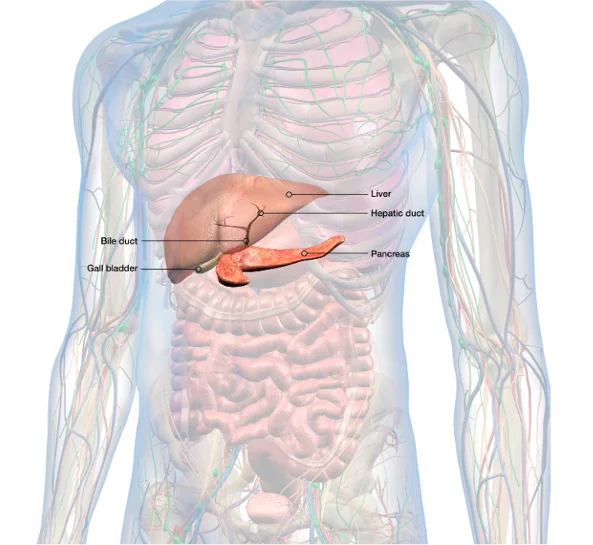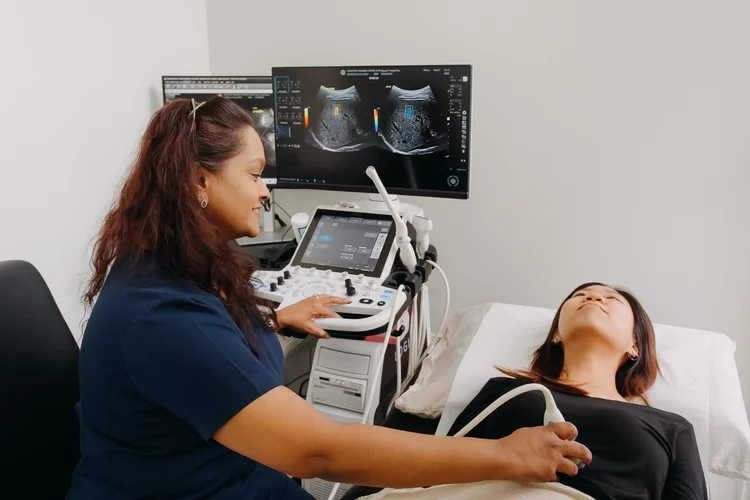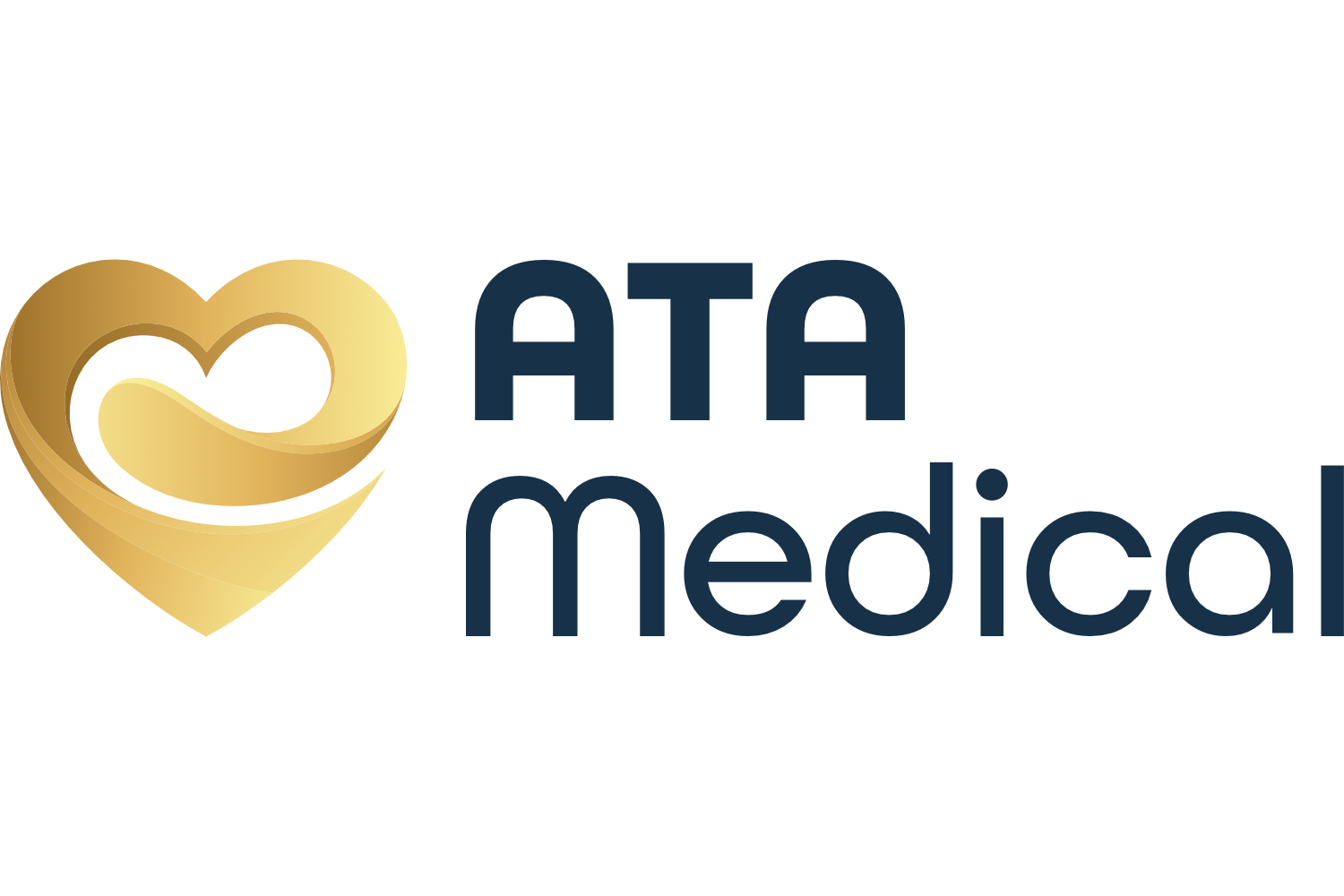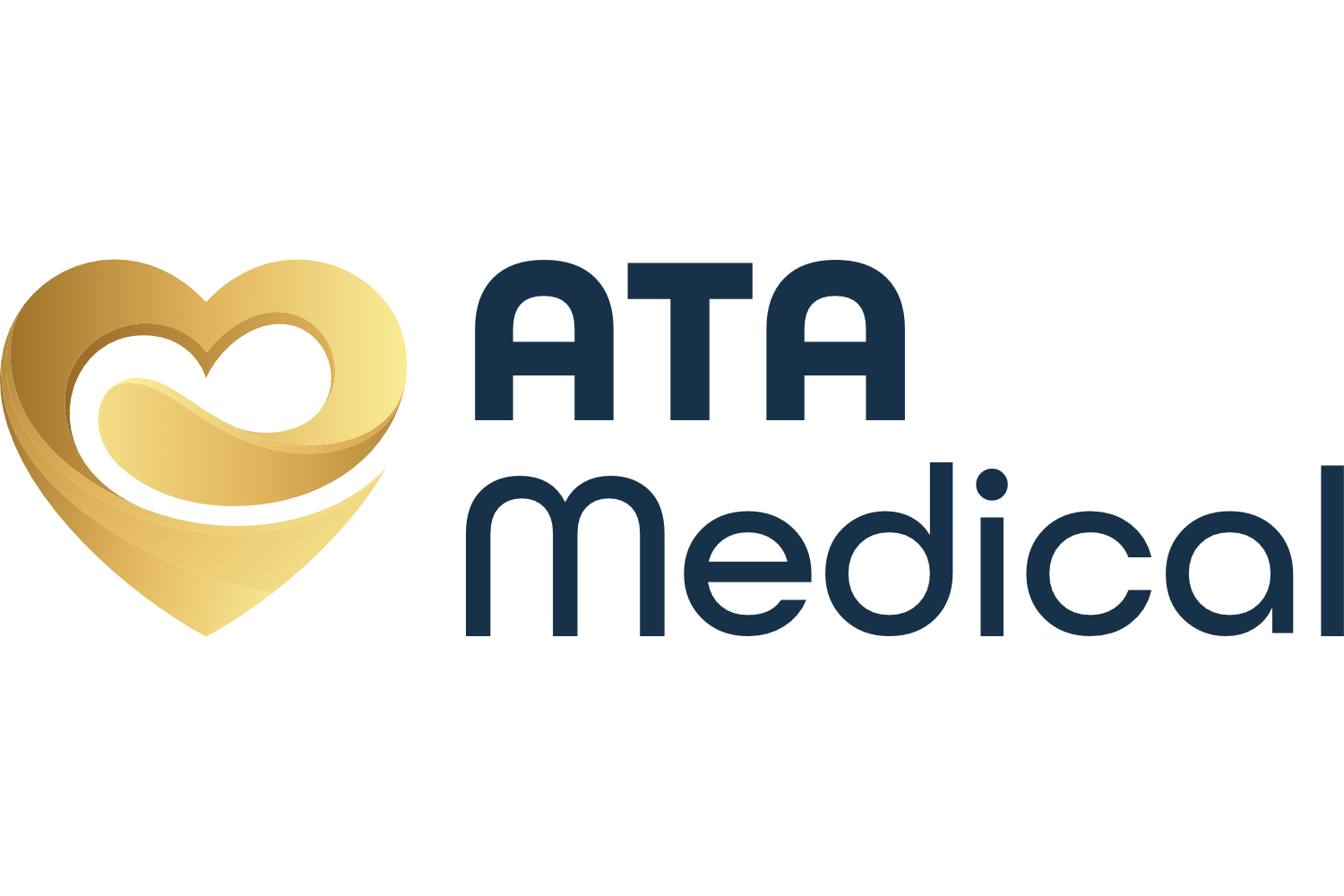Ultrasound Hepatobiliary System (HBS)
Last updated: Jun 30, 2025
What Is an Ultrasound Hepatobiliary System (HBS)?
An ultrasound of the hepatobiliary system (HBS) is a non-invasive imaging procedure that examines the liver, gallbladder, bile ducts, and pancreas. It utilizes high-frequency sound waves to generate real-time, detailed images of these organs, helping to diagnose conditions such as gallstones, liver problems, and blockages in the bile ducts.
What Is the Hepatobiliary System?
The hepatobiliary system consists of interconnected organs responsible for producing, storing, and transporting bile, a fluid essential for digestion. It includes the liver, gallbladder, and bile ducts, which work together to regulate fat metabolism and remove waste from the body.
- Liver – The largest internal organ, responsible for detoxification, metabolism, and bile production.
- Gallbladder – A small, pear-shaped organ that stores and releases bile to aid in digestion.
- Bile ducts – A network of tubes that transport bile from the liver to the small intestine, facilitating the breakdown of fats.
Since these organs are essential for digestion and metabolism, any irregularities or issues with their function can have a substantial impact on overall health.

Why Is an Ultrasound HBS Performed?
Doctors may recommend an ultrasound HBS to evaluate organ structure and detect abnormalities early, especially when a patient presents with symptoms such as:
- Liver Abnormalities – Fatty liver, liver cirrhosis (scarring of liver tissue), or liver masses (benign or cancerous growths).
- Gallbladder Conditions – Gallstones (hardened bile deposits that may cause pain or blockage), polyps (benign tissue growths), or cholecystitis (inflammation).
- Bile Duct Issues – Blockages, narrowing (stricture), or widening (dilation) of the bile ducts.
- Pancreatic Conditions – Pancreatitis (inflammation causing severe pain and digestive problems) or tumours affecting the pancreas.
- Unexplained Symptoms – Persistent upper abdominal pain, jaundice, or abnormal liver function tests.
Hepatobiliary Ultrasound Preparation
Proper preparation ensures clearer imaging of the gallbladder and reduces interference from bowel gas. This typically includes:
- Informing your doctor about any existing medical conditions or medications during your consultation before scheduling the scan.
- Fasting for at least six hours before the procedure, except for small sips of water if necessary.
- Wearing comfortable clothing to facilitate the scan.
In some cases, preparation instructions may vary based on individual health conditions. It is essential to follow your doctor’s guidance to ensure a smooth scan.
Hepatobiliary Ultrasound Procedure
An ultrasound HBS procedure is straightforward and typically takes 15 to 30 minutes:
- Positioning – The patient lies on an examination bed.
- Application of Gel – A water-based gel is applied to the abdomen to improve sound wave transmission.
- Scanning Process – A transducer (probe) is moved across the abdomen to capture images of the liver, gallbladder, bile ducts, and pancreas.
The scan is generally painless, though mild pressure may be applied to obtain clearer images.

What Do the Results of an Ultrasound HBS Mean?
The findings of an ultrasound HBS can range from normal results to indications of disease. Below are common findings and their possible implications:
| Potential Findings | Interpretation |
|---|---|
| Normal results | The liver, gallbladder, bile ducts, and pancreas appear normal in size, shape, and texture, with no visible abnormalities. |
| Fatty liver changes | Excess fat has built up in the liver, making it look brighter on ultrasound. This is often linked to metabolic conditions such as obesity, diabetes, or excessive alcohol intake. |
| Gallstones or polyps | Small solid formations in the gallbladder. Gallstones may block bile flow and cause pain, while polyps are usually harmless but may need monitoring. |
| Bile duct dilation | The bile ducts are wider than normal, which may mean a blockage from gallstones, scarring, or inflammation. Further tests may be needed to find the cause. |
| Liver masses or cysts | Growths in the liver that may be harmless (cysts, haemangiomas) or cancerous (liver cancer, metastases). Fluid-filled cysts are usually not a concern, but solid masses may require more tests like CT, MRI, or a biopsy. |
Ultrasound HBS Price
At ATA Medical, we offer the ultrasound hepatobiliary system scan and other related tests at the following prices:
| Test | Price* |
|---|---|
| Ultrasound Hepatobiliary System (HBS) | $150.42 |
| Ultrasound Liver | $150.42 |
| Ultrasound Liver Elastography | $196.20 |
|
Liver Function Test A
Total Bilirubin, Alkaline Phosphatase [ALP], ALT/SGOT, AST/SGPT, Gamma GT |
$30.52 |
|
Liver Function Test B Total Bilirubin, Alkaline Phosphatase [ALP], ALT/SGOT, AST/SGPT, Gamma GT, Total Protein, Albumin, Globulin, A/G Ratio) |
$34.88 |
|
Liver Function Test C Total Bilirubin, Alkaline Phosphatase [ALP], ALT/SGOT, AST/SGPT, Gamma GT, Total Protein, Albumin, Globulin, A/G Ratio, LDH, Hepatitis Bs Antigen & Antibody, Hepatitis A Total IgG, Alpha Fetoprotein [AFP] |
$91.56 |
Why Use Us?
Female Sonographer
Our Ultrasound Scans are done by a female sonographer.
Express Report
(within 24 hours)
Need an express report? We provide these at a cost of $32.70 NETT, and will be sent
to you through email.
Please note we do not provide express reports on Saturdays.
One Stop Medical Centre
We are a one-stop health screening centre with Chest X-Ray, Mammogram, and Ultrasound Scan.How to Book an Ultrasound HBS Appointment?
ATA Medical @ Orchard
Nearest MRT: Orchard Boulevard Station (TE13)
Contact Number: 6223 0682
Email: camden@atamed.sg
Opening Hours:
Mon - Fri: 8:30 AM to 12:30 PM, 1:30 PM to 5:30 PM
Sat: 8:30 AM to 12:30 PM
Sun & PH: Closed
ATA Medical @ Tanjong Pagar
Nearest MRT: Tanjong Pagar Station (EW15)
Contact Number: 6223 0682
Email: hi@atamed.sg
Opening Hours:
Mon - Fri: 8:30 AM to 12:30 PM, 1:30 PM to 5:30 PM
Sat: 8:30 AM to 12:30 PM
Sun & PH: Closed


